In 1961 the Venezuelan-American sculptor Marisol Escobar made a startling appearance at the New York artists’ group known as the Club that would set the tone for her unconventional career. The Club was where the alphas of contemporary American art met. Franz Kline, Robert Motherwell, Willem de Kooning and their ilk gathered there to take part in discussions, listen to talks, and escape their families.
Already a subscriber? Log in
Subscribe for just $2 a week
Try a month of The Spectator Australia absolutely free and without commitment. Not only that but – if you choose to continue – you’ll pay just $2 a week for your first year.
- Unlimited access to spectator.com.au and app
- The weekly edition on the Spectator Australia app
- Spectator podcasts and newsletters
- Full access to spectator.co.uk
Or

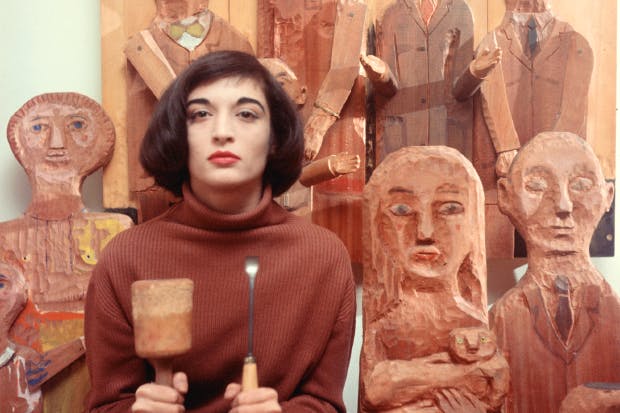
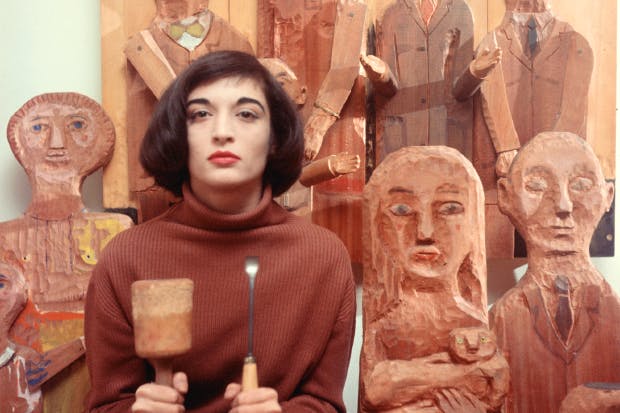
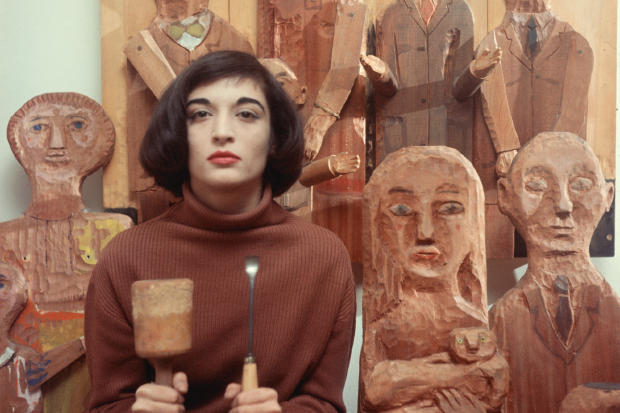
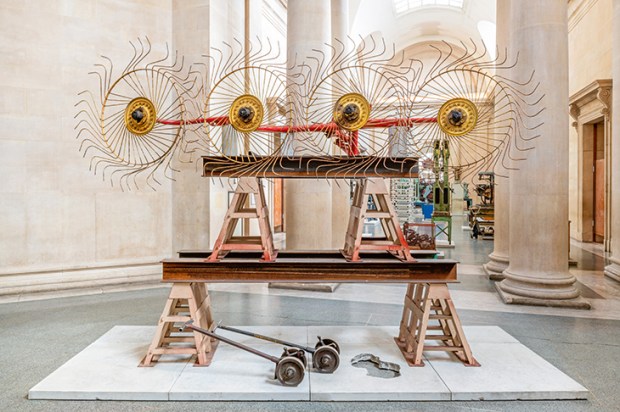
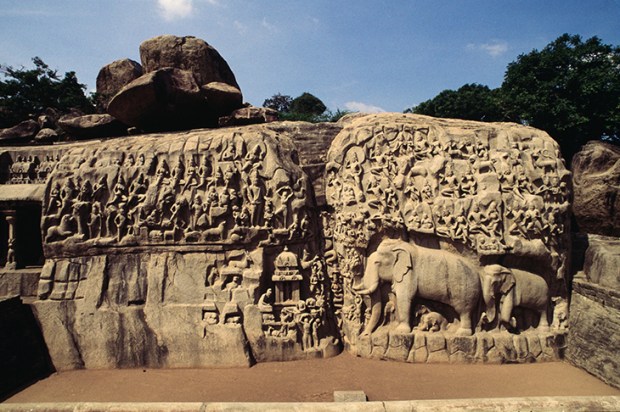
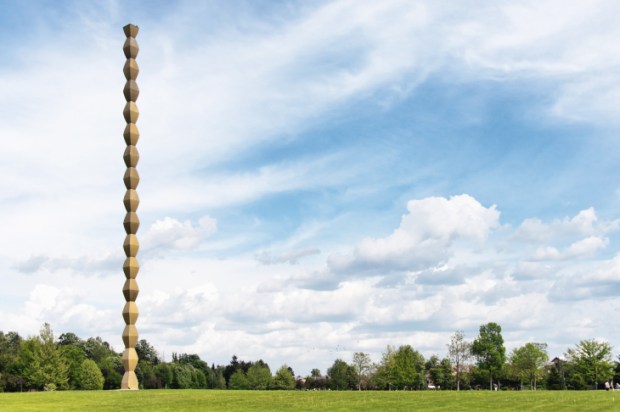
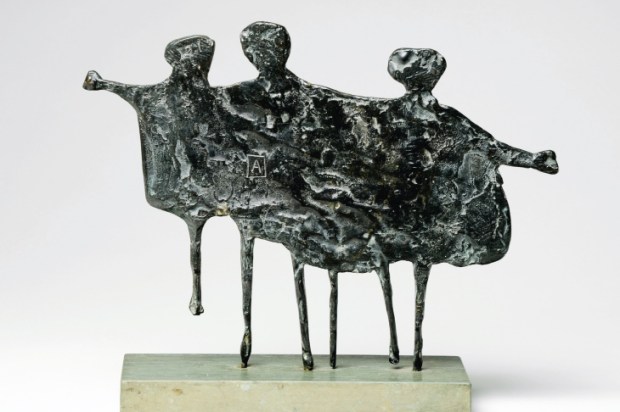






Comments
Don't miss out
Join the conversation with other Spectator Australia readers. Subscribe to leave a comment.
SUBSCRIBEAlready a subscriber? Log in